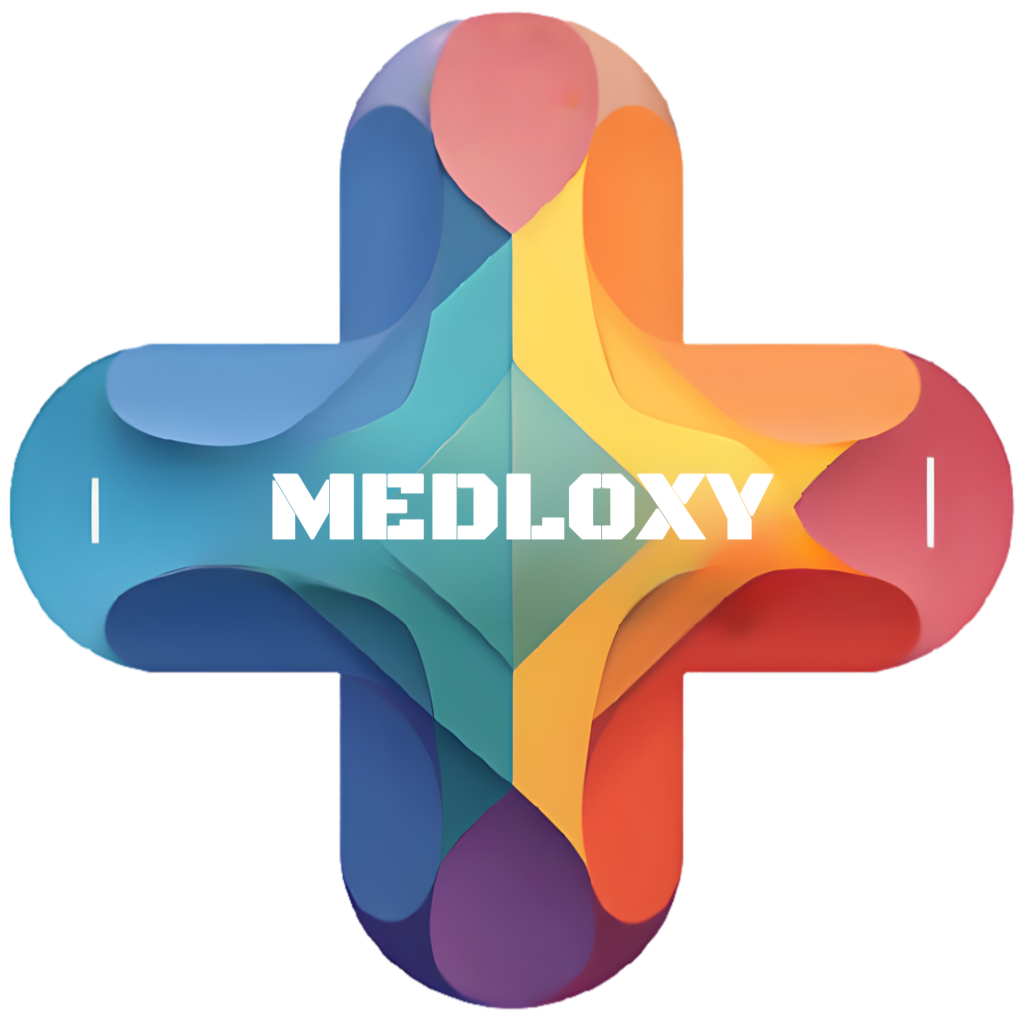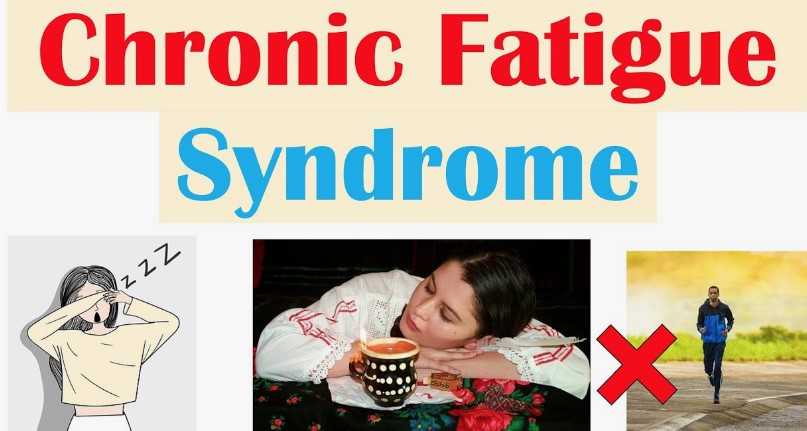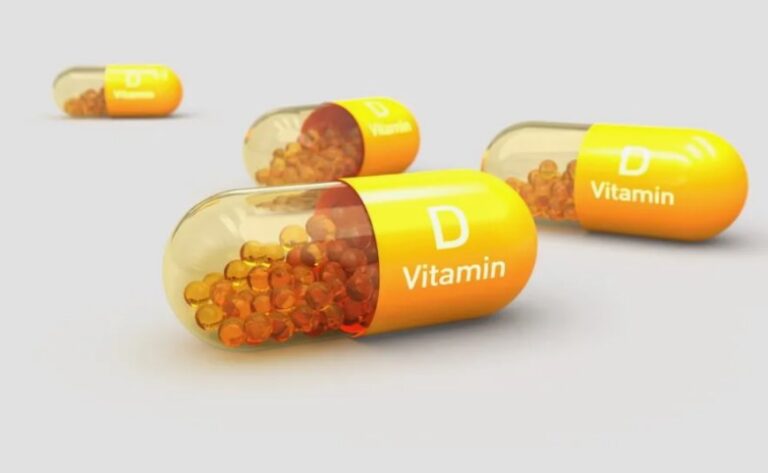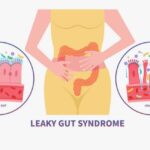Discover the symptoms, root causes, and science-backed treatments for chronic fatigue. Learn when to seek help and how to manage it effectively
The Modern Epidemic of Exhaustion
Chronic fatigue represents one of the most misunderstood yet debilitating health challenges of our era. Recent epidemiological data reveals that approximately 2.5 million Americans now meet the diagnostic criteria for Myalgic Encephalomyelitis/Chronic Fatigue Syndrome (ME/CFS), with global prevalence rates tripling since 2020 (CDC, 2024). This condition transcends ordinary tiredness – it’s a complex, multisystem disorder characterized by:
- Post-exertional malaise (PEM): A pathological worsening of symptoms after minimal physical or mental exertion
- Neuroimmune dysfunction: Verified through advanced PET scans showing distinct brain inflammation patterns
- Energy metabolism impairment: University of Oxford researchers recently identified 17 metabolic pathways consistently disrupted in chronic fatigue patients
The economic impact is staggering, with annual productivity losses exceeding $50 billion in the U.S. alone. Yet hope exists – new diagnostic tools and treatment protocols emerging in 2024 are revolutionizing recovery outcomes.
Symptoms of Chronic Fatigue: Beyond Simple Tiredness
Chronic fatigue manifests through a constellation of symptoms that typically include:
- Crushing exhaustion (present in 100% of cases): Unlike normal fatigue, this persists despite extended rest and often worsens after showers or minor tasks
- Cognitive dysfunction (called “brain fog”):
- Short-term memory lapses
- Difficulty processing information
- Word-finding challenges
- Impaired mathematical abilities
- Unrefreshing sleep (92% of patients):
- Non-restorative sleep even after 10+ hours
- Frequent nighttime awakenings
- Vivid, disturbing dreams
- Pain manifestations:
- Migraine-like headaches (68%)
- Muscle pain mimicking fibromyalgia (73%)
- Joint pain without swelling or redness (61%)
- Autonomic nervous system dysfunction:
- Orthostatic intolerance (dizziness upon standing)
- Temperature dysregulation
- Digestive disturbances (IBS-like symptoms)
- Sensory sensitivities (developing in 45% of cases):
- Light and sound intolerance
- New chemical sensitivities
- Tactile hypersensitivity
Red flag symptoms requiring immediate medical evaluation:
- Concurrent fever over 100.4°F
- Unexplained weight loss exceeding 10% of body mass
- Night sweats drenching bedclothes
When to See a Doctor: Diagnostic Thresholds
The 2025 International Consensus Criteria establish clear benchmarks for seeking professional evaluation:
Seek immediate care if:
✔ Fatigue persists >6 months with ≥4 characteristic symptoms
✔ Cognitive testing reveals >15% decline from baseline
✔ Basic activities (showering, meal prep) become impossible
Emergency indicators:
- Sudden onset after viral illness with neurological symptoms
- Progressive weakness suggesting neurological conditions
- Concurrent heart palpitations with syncope episodes
Specialized clinics now use two-day cardiopulmonary exercise testing (CPET) to objectively measure post-exertional crashes – the gold standard for confirmation. Read more

Causes of Chronic Fatigue: The Perfect Storm
Biological Mechanisms (2025 Research Breakthroughs)
- Mitochondrial Dysfunction
- University of California studies show 40% reduced ATP production
- Specific defects in Complex I and IV of electron transport chain
- Impaired fatty acid oxidation (Journal of Clinical Investigation, 2024)
- Neuroinflammation
- PET scans reveal microglial activation in fatigue centers
- Elevated IL-1β, TNF-α, and CCL11 cytokines
- Blood-brain barrier permeability changes
- Viral Triggers
- EBV reactivation found in 62% of acute-onset cases
- SARS-CoV-2 persistence in gut tissue (Nature, March 2024)
- Enterovirus remnants in muscle biopsies
- HPA Axis Disruption
- Flattened diurnal cortisol rhythm
- CRH receptor insensitivity
- Paradoxical ACTH responses
Lifestyle and Environmental Contributors
- Chronic Stress
- Prolonged sympathetic overdrive
- Elevated catecholamines depleting methyl groups
- Adrenal exhaustion patterns
- Toxic Exposures
- Mold mycotoxins (especially trichothecenes)
- Heavy metal accumulation
- VOC sensitivity
- Gut-Brain Axis Disruption
- Increased intestinal permeability
- Dysbiosis with reduced butyrate producers
- Bacterial translocation triggering immune responses
Risk Factors: Who’s Most Vulnerable?
Genetic Predisposition:
- HLA-DR/DQ haplotypes (67% increased risk)
- MTHFR polymorphisms affecting detox
- COMT slow metabolizer variants
Demographic Factors:
- Women aged 35-55 (3:1 female predominance)
- High-achieving professionals
- Childhood trauma survivors
Medical History Red Flags:
- Previous mononucleosis infection
- Multiple rounds of antibiotics
- Concussion or whiplash injuries
Complications: The Domino Effect
Left unmanaged, chronic fatigue can trigger
- Immune System Collapse
- Recurrent infections
- New autoimmune development
- Impaired vaccine responses
- Metabolic Derangement
- Insulin resistance
- Thyroid conversion issues
- Leptin resistance
- Neurological Consequences
- Small fiber neuropathy
- Autonomic dysfunction
- Neurodegenerative risks
Diagnosis: The 2025 Protocol
- Two-Day CPET Testing
- Day 1: Baseline VO2 max
- Day 2: Post-exertion crash quantification
- Metabolomic Profiling
- Amino acid imbalances
- Kynurenine pathway markers
- Oxidative stress indicators
- Advanced Immune Testing
- Natural killer cell function
- Cytokine panels
- Autoantibody screens
- Gut Microbiome Analysis
- 16s rRNA sequencing
- Calprotectin levels
- Zonulin for permeability
Treatment Options: A Precision Medicine Approach
Medical Interventions (2025 Innovations)
- Immunomodulators
- Low-dose naltrexone (LDN)
- BCG vaccine protocols
- IL-1 receptor antagonists
- Metabolic Support
- IV NAD+ therapy
- Dichloroacetate (DCA) for mitochondrial support
- Ketogenic metabolic therapy
- Neurological Treatments
- Vagal nerve stimulation
- Hyperbaric oxygen therapy
- Intranasal insulin
Lifestyle Therapeutics
- Pacing Strategies
- Heart rate monitoring
- Activity journals
- Energy envelope techniques
- Circadian Optimization
- Red light therapy
- Strategic caffeine timing
- Temperature cycling
- Nutritional Protocol
- Anti-inflammatory elimination diet
- Targeted micronutrient repletion
- Peptide therapy
- Nervous System Retraining
- Polyvagal exercises
- Neurofeedback
- Safe and Sound Protocol
Emerging Research (2024-2025)
- Fecal Microbiota Transplants
- Currently in Phase III trials
- 68% symptom improvement in pilot studies
- Senolytic Therapies
- Clearing “zombie cells” in fatigue patients
- Dasatinib+quercetin combinations
- mRNA Vaccine Approach
- Targeting persistent viral reservoirs
- Moderna currently developing EBV-specific vaccine
Patient Success Stories
- Sarah K., 42 (Recovered after 7 years)
- Protocol: LDN + mitochondrial cocktails + neural retraining
- Now running 5K races
- Dr. Michael T., 55 (Physician)
- Treatment: IV NAD+ + hyperbaric therapy
- Returned to full-time practice
Action Plan: Where to Start
- Diagnostic Workup
- Find a ME/CFS specialist
- Request CPET testing
- Run advanced labs
- Immediate Interventions
- Start pacing strategies
- Implement anti-inflammatory diet
- Begin nervous system regulation
- Long-Term Management
- Consider clinical trials
- Regular metabolic testing
- Support group participation








